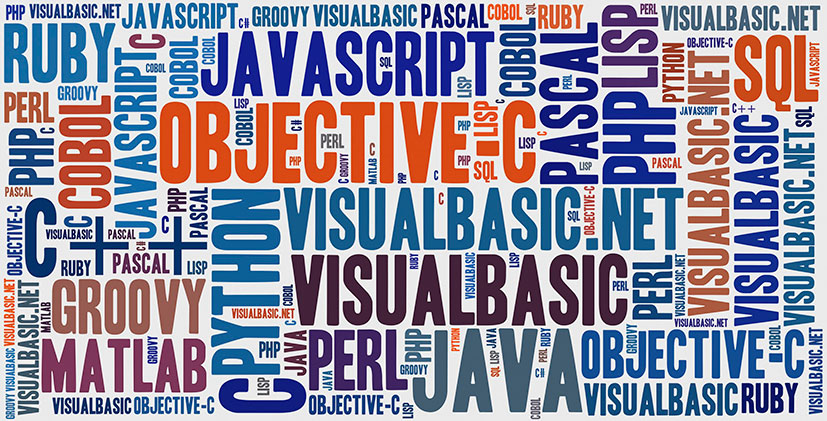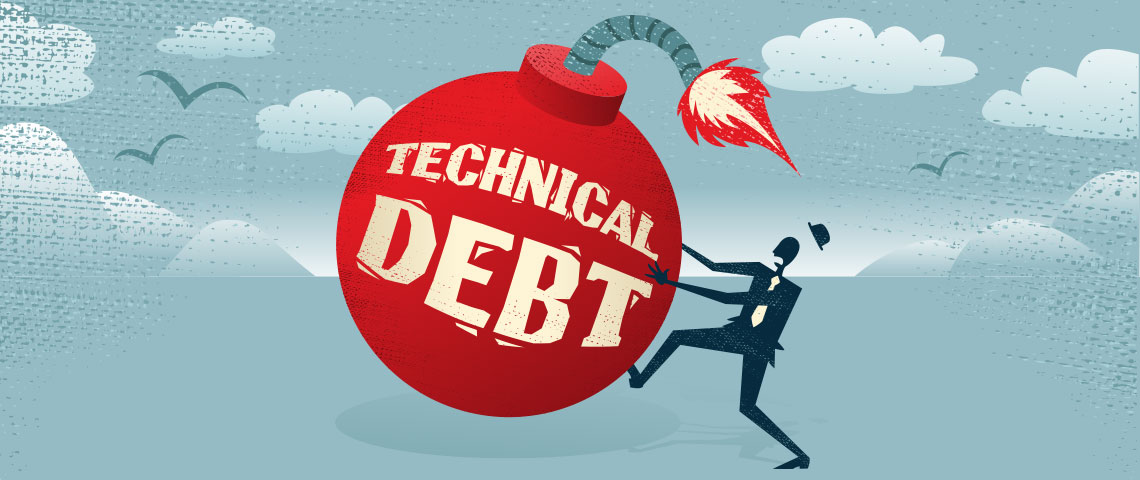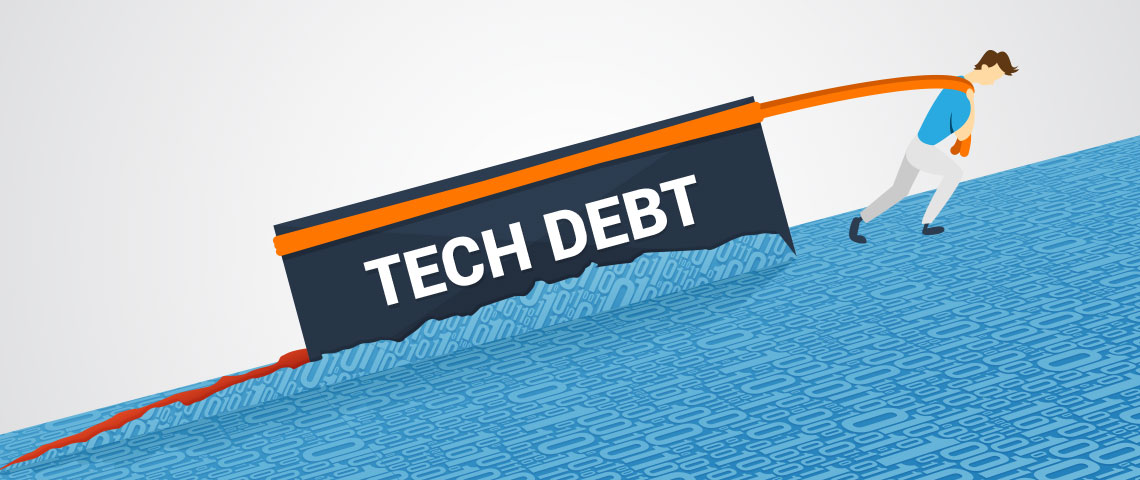
An MVP is all about getting a product into the hands of your customers quickly and learning from their feedback. Importantly, it also serves as a foundation for your engineering team to build on as your company grows. Before any code gets written, you will need to select the tech stack that will power your application.

An MVP is all about getting a product into the hands of your customers quickly and learning from their feedback. Importantly, it also serves as a foundation for your engineering team to build on as your company grows. Before any code gets written, you will need to select the tech stack that will power your application.

An MVP is all about getting a product into the hands of your customers quickly and learning from their feedback. Importantly, it also serves as a foundation for your engineering team to build on as your company grows. Before any code gets written, you will need to select the tech stack that will power your application.
Technical Debt comes from multiple sources, not just from code written too quickly, but also from natural causes such as a UX paradigm that becomes dated, or an architecture that can no longer support traffic that has grown 10x since its design. This whitepaper examines the various origins of technical debt, presents how to analyze […]

The success of a venture-backed company usually depends on two main factors: its technical innovation and the velocity with which it introduces new products. In order to sustain these competitive advantages throughout their growth, companies must ensure that the delicate relationship between the CEO and the CTO is effective.

After participating in dozens of TDD projects, I’ve learned that there are many ways to solve a technical challenge — including using frameworks or programming languages that I personally wouldn’t touch. It is thus critical to put aside one’s own ideas of technical purity and “the right way of doing things” during TDD and to have an open mind about how technology can be used.

Bernard Fraenkel, SVSG Practice Lead, explains the process of technical due diligence, a key step in the technology company investment cycle. Bernard has led engineering teams of all sizes for over 30 years in Silicon Valley and around the world, and has overseen more than a dozen due diligence assessments.

An MVP is all about getting a product into the hands of your customers quickly and learning from their feedback. Importantly, it also serves as a foundation for your engineering team to build on as your company grows. Before any code gets written, you will need to select the tech stack that will power your application.

Too much debt, whether financial or technical, can cripple an organization’s freedom to move forward. However, unlike financial debt whose cost is spelled out in a statement, the burden of technical debt to a company is not immediately clear, as it cannot be measured by simply reading the code.

Operating with debt is a normal component of doing business. Just as financial debt must be controlled and leveraged to take advantage of market opportunities, any software project maintains a level of technical debt as well. Let’s explain what this is and clear up some misconceptions.